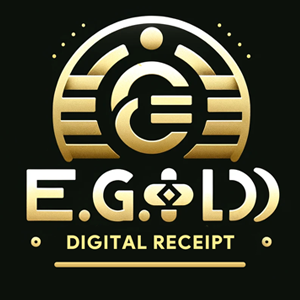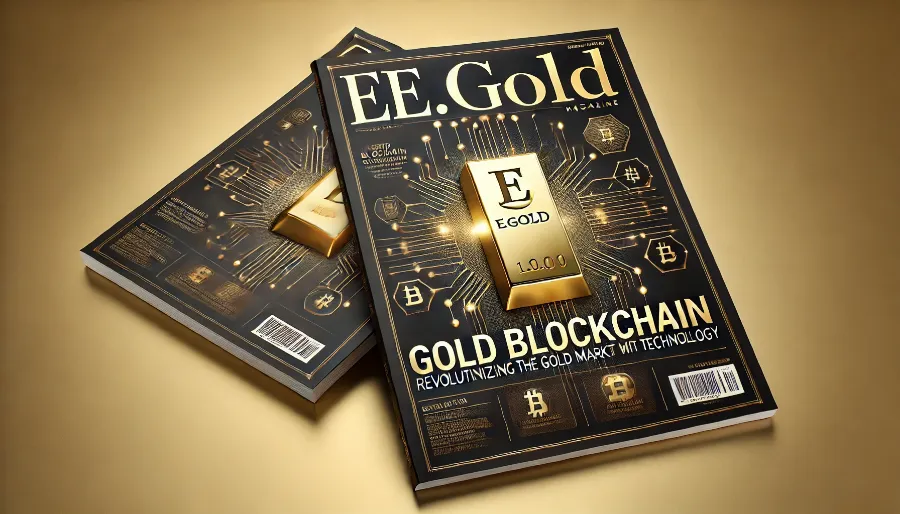
The fusion of gold and blockchain technology has brought a transformative shift to the precious metals market. Known as Gold Blockchain, this innovative approach combines the timeless value of gold with the transparency, security, and efficiency of blockchain systems. By tokenizing physical gold and integrating it into blockchain networks, investors can enjoy easier access, enhanced liquidity, and unprecedented traceability of their gold investments.
In this article, we’ll explore how blockchain is revolutionizing the gold industry, the benefits of tokenized gold, and how this technology is shaping the future of gold trading, ownership, and investment. Whether you’re an investor, a collector, or simply curious, the gold blockchain is a game-changer worth understanding.
What Is Gold Blockchain?
Gold Blockchain refers to the integration of blockchain technology into the gold market. By using blockchain, physical gold can be represented as digital tokens or smart contracts, enabling it to be traded, tracked, and stored on a decentralized ledger.
This approach tokenizes gold, allowing investors to own fractions of gold bars or coins without the need for physical storage or transportation. Each token is backed by a specific amount of gold stored in secure vaults, ensuring that digital ownership is tied directly to tangible assets.
Gold blockchain represents the best of both worlds: the enduring value of gold and the innovation of blockchain technology.
How Blockchain is Transforming the Gold Industry
Blockchain technology has introduced significant advancements to the gold market, addressing long-standing challenges in trading, ownership, and supply chain management.
Key Transformations:
- Digital Tokenization: Blockchain enables the conversion of physical gold into digital tokens, making it easier to trade and fractionalize.
- Enhanced Transparency: Every transaction and movement of gold is recorded on an immutable blockchain ledger, ensuring full transparency.
- Eliminating Middlemen: Blockchain allows for peer-to-peer transactions, reducing reliance on brokers, banks, or intermediaries.
- Increased Accessibility: Investors worldwide can purchase tokenized gold using cryptocurrencies or fiat, lowering barriers to entry.
Tokenized Gold: A New Era of Gold Ownership
Tokenized gold is the digital representation of physical gold on a blockchain. Each token is equivalent to a specific weight of gold (e.g., 1 token = 1 gram of gold) and is backed by gold stored in vaults.
How Tokenized Gold Works:
- Gold Storage: A trusted institution (e.g., a vault or bank) stores physical gold.
- Token Creation: A blockchain platform issues tokens representing the stored gold.
- Ownership: Investors purchase tokens that reflect partial or full ownership of the gold.
- Liquidity: Tokens can be traded on digital marketplaces or redeemed for physical gold.
Examples of Tokenized Gold Projects:
- PAX Gold (PAXG): Each token represents one fine troy ounce of gold.
- Tether Gold (XAUT): A stablecoin backed by physical gold.
- GoldMint: Offers blockchain-based gold ownership and management solutions.
Benefits of Gold Blockchain for Investors
The integration of blockchain with gold provides numerous advantages for investors:
Fractional Ownership
Blockchain allows gold to be divided into smaller units, enabling investors to buy fractional shares of gold rather than whole bars or coins.
Increased Liquidity
Tokenized gold can be traded 24/7 on digital marketplaces, providing greater liquidity compared to traditional gold investments.
Global Accessibility
Gold blockchain platforms make gold investments available to anyone with internet access, regardless of geographic location.
Lower Costs
Blockchain eliminates intermediaries and reduces transaction fees, making gold investments more cost-effective.
Security and Transparency
The blockchain ledger ensures secure and tamper-proof records, offering investors peace of mind about the authenticity and ownership of their gold.
How Gold Blockchain Ensures Transparency and Traceability
One of the most significant contributions of blockchain technology to the gold industry is traceability.
- Immutable Records: Every transaction and movement of gold is recorded on the blockchain, creating a permanent and unchangeable record.
- Supply Chain Monitoring: From mining to storage, blockchain tracks the journey of gold, ensuring ethical sourcing and compliance with regulations.
- Ownership Verification: Smart contracts enable instant verification of gold ownership, reducing fraud and counterfeiting risks.
Transparency and traceability are particularly valuable in ensuring that gold is sourced responsibly and meets environmental, social, and governance (ESG) standards.
The Role of Smart Contracts in Gold Transactions
Smart contracts are self-executing agreements coded onto the blockchain. They play a crucial role in gold blockchain systems by automating processes and ensuring trustless transactions.
Smart Contract Applications in Gold Blockchain:
- Trading: Automatically execute buy/sell orders when pre-defined conditions are met.
- Ownership Transfers: Facilitate seamless and secure transfers of gold ownership between parties.
- Storage Fees: Automate payments for vault storage and other services.
- Redemption: Enable investors to redeem their tokens for physical gold without intermediaries.
Smart contracts ensure efficiency, transparency, and security in all gold blockchain transactions.
Gold Blockchain Use Cases: From Investment to Supply Chain
Gold blockchain is being adopted across various sectors, from investment to logistics.
Investment
- Tokenized gold allows individuals and institutions to invest in gold with greater flexibility and lower costs.
- Stablecoins backed by gold provide a hedge against cryptocurrency volatility.
Supply Chain
- Blockchain tracks the origin and movement of gold, ensuring ethical sourcing and reducing environmental impact.
- Refineries and mints use blockchain to authenticate gold purity and origin.
Payments
- Gold-backed tokens can be used as a medium of exchange, combining the stability of gold with the speed of cryptocurrencies.
Major Players in the Gold Blockchain Ecosystem
Several companies and projects are leading the charge in integrating blockchain with gold:
- PAX Gold (PAXG): Offers gold-backed tokens redeemable for physical gold.
- Tether Gold (XAUT): A stablecoin pegged to physical gold, combining the benefits of gold and blockchain.
- GoldMint: Provides blockchain solutions for gold trading and storage.
- Vaultoro: A platform for trading Bitcoin and gold seamlessly.
- DigixDAO (DGX): One of the earliest projects tokenizing gold on the Ethereum blockchain.
These platforms are driving the adoption of gold blockchain, offering innovative solutions for investors and businesses alike.
Challenges and Risks of Gold Blockchain
While gold blockchain has immense potential, it is not without challenges:
Regulatory Uncertainty
Governments are still defining how to regulate tokenized gold and blockchain-based assets, leading to potential legal risks.
Security Concerns
Although blockchain is secure, cyberattacks on exchanges or wallets could lead to asset loss.
Limited Adoption
While growing, gold blockchain adoption is still in its early stages, limiting liquidity in some markets.
Physical Gold Risks
The value of tokenized gold depends on the underlying physical gold, which must be securely stored and insured.
Future Trends in Gold Blockchain
As blockchain technology matures, the gold industry is poised for further transformation:
- Wider Adoption: More investors and institutions will adopt tokenized gold as an alternative to traditional gold investments.
- Integration with DeFi: Gold-backed tokens may play a significant role in decentralized finance (DeFi) platforms.
- Improved Security: Advances in blockchain technology will enhance the security of gold-backed tokens.
- Mainstream Recognition: As tokenized gold gains acceptance, it may become a standard investment vehicle for both retail and institutional investors.
Frequently Asked Questions (FAQs)
What is tokenized gold?
Tokenized gold represents physical gold stored in vaults, issued as digital tokens on a blockchain.
Is gold blockchain secure?
Yes, blockchain technology ensures secure, transparent, and tamper-proof transactions.
Can I redeem tokenized gold for physical gold?
Most platforms allow investors to redeem tokens for physical gold, subject to terms and conditions.
What are the advantages of gold blockchain over traditional gold investments?
Gold blockchain offers greater liquidity, fractional ownership, lower costs, and enhanced transparency compared to traditional gold investments.
Which platforms offer tokenized gold?
Popular platforms include PAX Gold, Tether Gold, and Vaultoro.
Combining Traditional Gold Markets with Blockchain Technology
The integration of blockchain into the gold market is not just a technological upgrade—it represents a paradigm shift in how gold is traded, owned, and monitored. Historically, gold trading involved physical exchanges or centralized systems managed by financial institutions. With blockchain, the process becomes decentralized, efficient, and inclusive.
Traditional Challenges in Gold Markets
The traditional gold market has faced several long-standing issues, including:
- Illiquidity: Selling or trading physical gold often requires significant time and effort.
- High Entry Barriers: Purchasing large amounts of physical gold requires substantial capital.
- Transparency Concerns: It can be difficult to verify the authenticity or source of gold.
- Storage and Security Costs: Physical gold requires secure storage solutions, which can be expensive.
Blockchain solves these issues by tokenizing gold, enabling fast, secure, and transparent transactions.
Real-World Applications of Gold Blockchain
Supply Chain Transparency
Blockchain ensures that every step of the gold supply chain—from mining to refining and storage—is traceable. This transparency is critical for:
- Ethical Sourcing: Verifying that gold is mined under ethical and environmentally sustainable conditions.
- Purity Authentication: Ensuring that the gold is of the stated purity and weight.
- Regulatory Compliance: Meeting international standards for gold sourcing and trade.
For example, major refiners like the Perth Mint and Argor-Heraeus are using blockchain technology to trace their gold products, ensuring accountability and trust in their supply chains.
Decentralized Gold Trading
Blockchain enables decentralized marketplaces for gold trading, where individuals can buy, sell, or exchange tokenized gold without intermediaries. This provides:
- Lower Costs: Reduced fees by eliminating brokers.
- Global Access: Participation from anywhere in the world, as long as you have internet access.
- Fast Settlements: Near-instantaneous transactions compared to traditional gold trading.
Digital Gold Payments
With the rise of gold-backed cryptocurrencies, gold is now being used as a medium of exchange. Gold-backed tokens, such as PAX Gold or Tether Gold, allow users to make purchases or settle payments, combining the stability of gold with the flexibility of cryptocurrency.
Enhanced Liquidity with Gold Blockchain
One of the standout benefits of gold blockchain is enhanced liquidity. In traditional markets, selling physical gold often involves significant delays, logistical hurdles, and costs. Blockchain changes this by enabling:
- Instant Trading: Tokenized gold can be traded instantly on digital exchanges.
- Fractional Transactions: Investors can buy or sell small amounts of gold, making it easier to adjust holdings according to market conditions.
- 24/7 Accessibility: Unlike traditional markets, blockchain platforms operate 24/7, allowing users to trade gold anytime, anywhere.
Gold Blockchain in the Context of Decentralized Finance (DeFi)
Gold blockchain is finding new relevance in the world of Decentralized Finance (DeFi). By integrating tokenized gold into DeFi platforms, users can access innovative financial services such as:
- Gold-Backed Lending: Borrow funds using tokenized gold as collateral.
- Yield Farming with Gold: Earn interest or rewards by staking gold-backed tokens in DeFi protocols.
- Gold-Pegged Stablecoins: Use gold-backed stablecoins as a hedge against cryptocurrency volatility.
This integration of gold into DeFi is creating new opportunities for investors who want to combine the security of gold with the high-yield potential of DeFi.
Future Possibilities: Blockchain's Impact on Central Bank Gold Reserves
As blockchain adoption grows, central banks may begin incorporating tokenized gold into their monetary systems. Potential benefits include:
- Streamlined Gold Reserves Management: Blockchain can improve the tracking and verification of central bank gold reserves, ensuring greater transparency.
- Digital Gold-Backed Currencies: Central banks could issue digital currencies backed by gold reserves, providing a stable alternative to fiat currencies.
- Global Trade Efficiency: Tokenized gold could be used for international settlements, reducing reliance on fiat currencies like the US dollar.
These developments could reshape the role of gold in the global financial system.
Addressing Criticisms and Risks of Gold Blockchain
While the gold blockchain ecosystem offers numerous advantages, it is not without its challenges:
Security Concerns
- Cyberattacks: Blockchain platforms and wallets are potential targets for hackers.
- Custodial Risks: If the physical gold backing tokens is not securely stored, investors could face significant losses.
Regulatory Hurdles
- The lack of uniform regulations for blockchain and tokenized assets creates uncertainty for investors and platforms.
- Governments may impose restrictions on tokenized gold or cryptocurrency trading, limiting adoption.
Limited Public Awareness
Many traditional investors remain unaware of blockchain’s potential in the gold market, leading to slower adoption rates. Education and outreach are essential to address this gap.
Gold Blockchain’s Role in Promoting ESG Standards
Environmental, Social, and Governance (ESG) standards are becoming increasingly important in the gold industry. Blockchain plays a vital role in ensuring that gold meets these standards by:
- Verifying Ethical Sourcing: Blockchain records can confirm that gold is sourced responsibly, avoiding conflict zones and unethical practices.
- Monitoring Environmental Impact: Blockchain data can track the carbon footprint of gold mining operations, encouraging sustainability.
- Ensuring Fair Labor Practices: Transparent records can verify compliance with labor standards, promoting worker welfare.
Investors who prioritize ESG considerations can use gold blockchain platforms to ensure their investments align with their values.
Final Thoughts
The integration of blockchain into the gold market is transforming how we view and interact with one of the world’s oldest assets. Gold blockchain offers a compelling combination of traditional value and cutting-edge technology, making gold more accessible, transparent, and liquid than ever before.
As tokenized gold and blockchain-based systems continue to gain traction, they are poised to reshape not only the gold industry but also the broader financial landscape. By embracing these innovations, investors can enjoy the best of both worlds: the stability of gold and the efficiency of blockchain.
Whether you’re an experienced investor or a newcomer to the gold market, the future of gold blockchain is one worth exploring.
NOTE
This Content is the copyrighted content of EE.GOLD. All rights are reserved. You are welcome to share or use our content only by including direct links to our website. Any other form of reproduction, distribution, or use without proper attribution is strictly prohibited.
This Content is intended solely for educational purposes. The information provided does not constitute financial or investment advice.
Please note that Digital Storage Receipt, Secure Storage Solutions, and Physical Gold Sales are the only services offered by EE.GOLD.
We strictly adhere to government regulations and are firmly against all illegal financial or investment activities globally.
For further inquiries, feel free to contact us through our official channels.
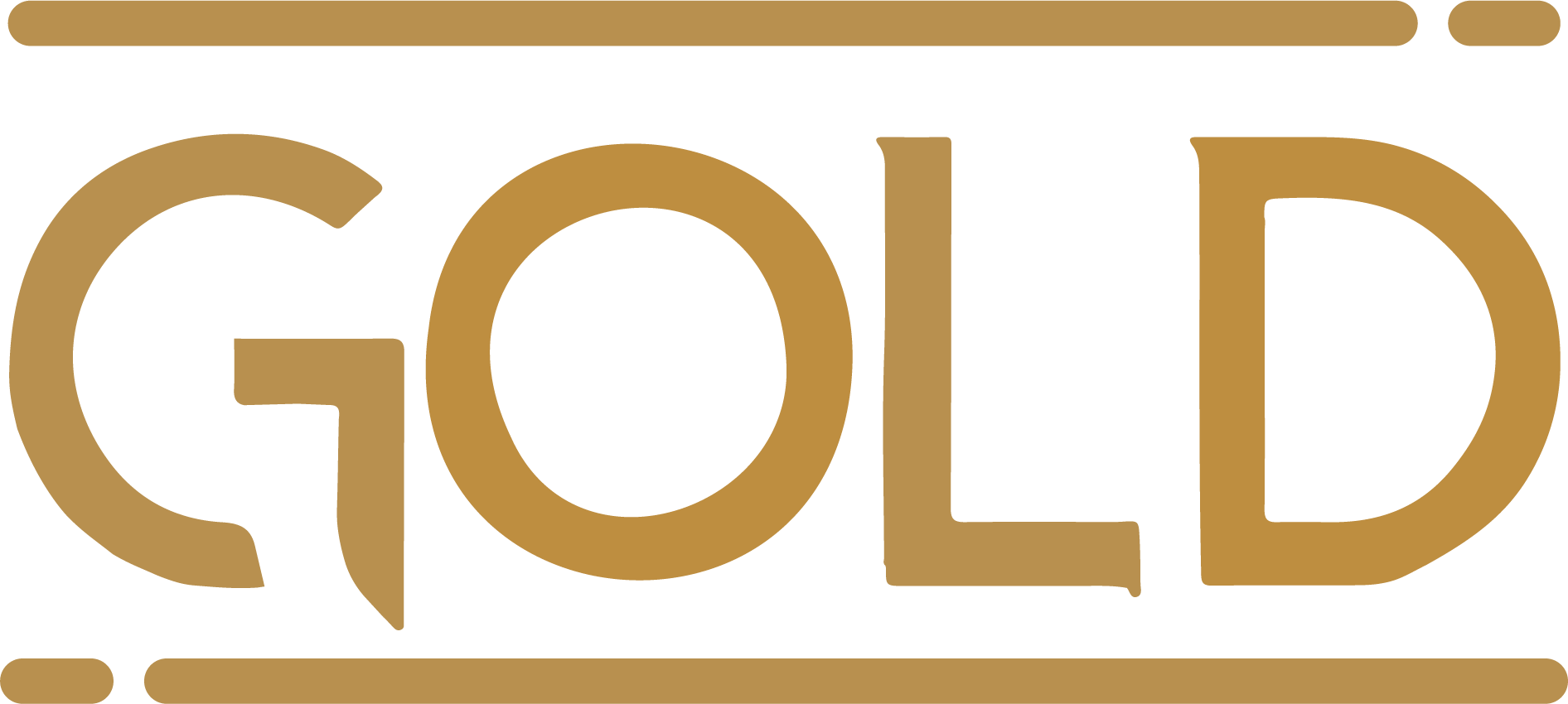
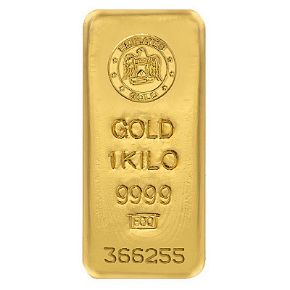
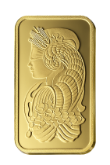

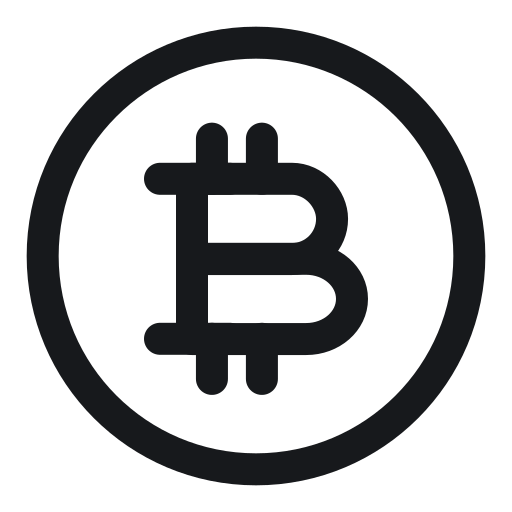
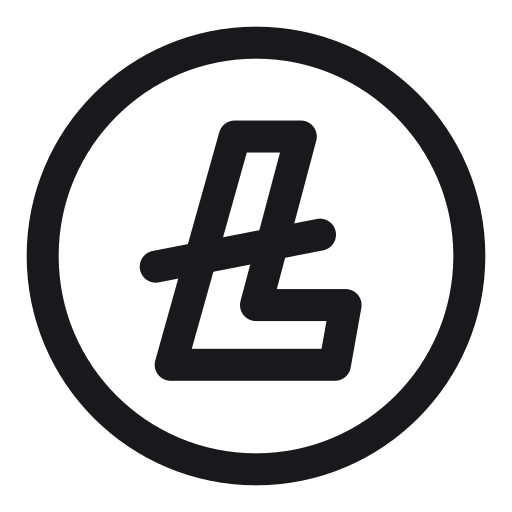
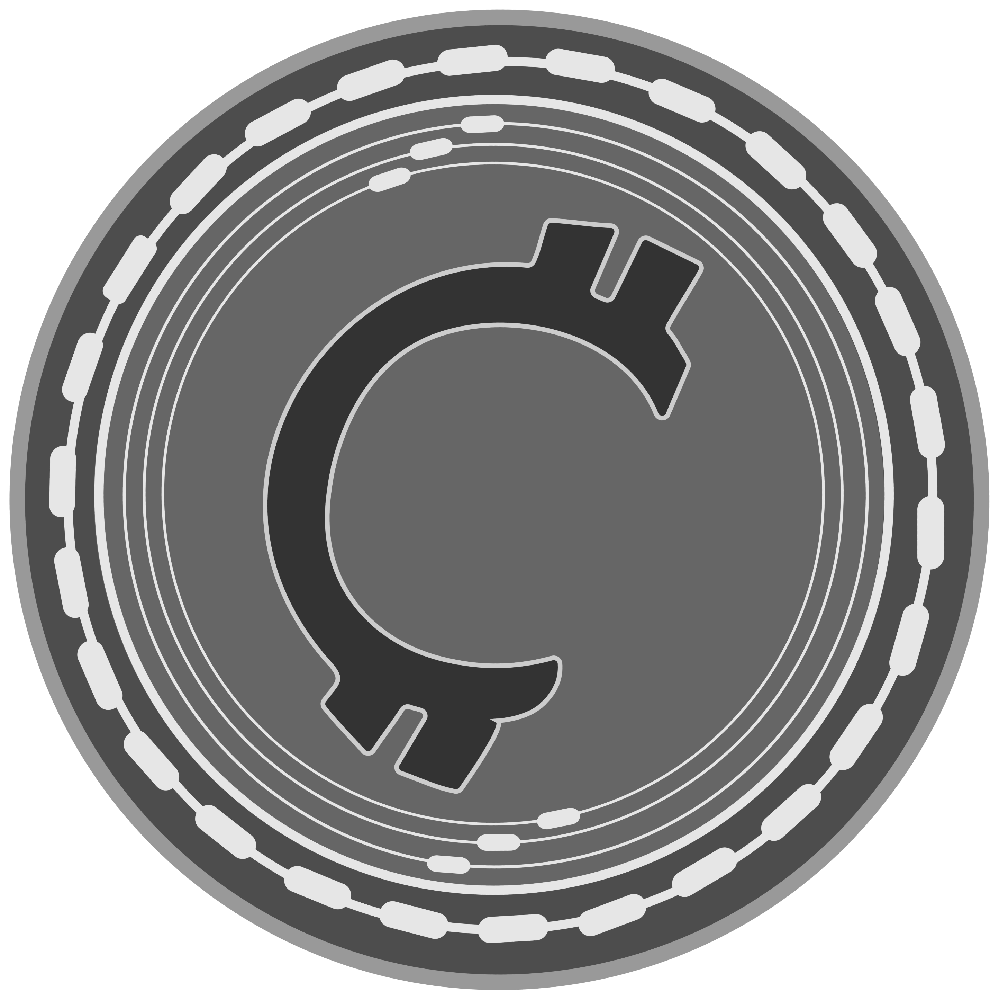
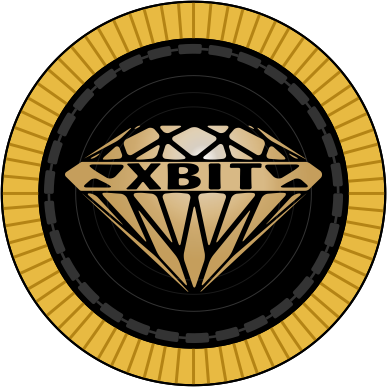
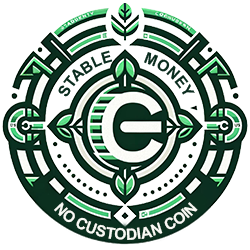

.png)

